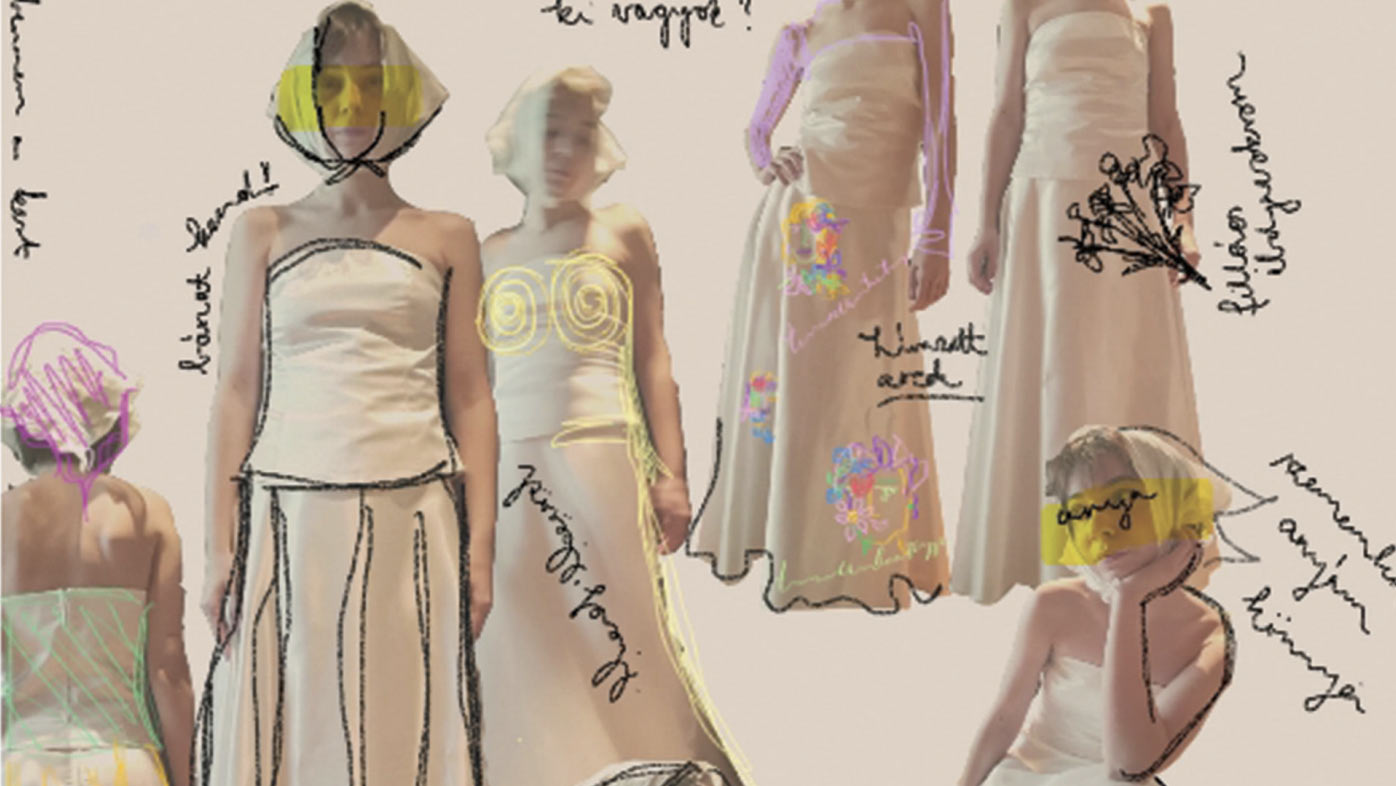
Cultural History in Clothing and Fashion
Cultural History in Clothing and Fashion
Every object has a story. Even a belt buckle says a lot about its owner: How well-off are they? Which social group do they belong to? What message do they want to send to the world?
What symbols can we use to express social criticism through our dress culture? Every period has had characteristic traits and symbols in its clothing. Even as early as antiquity, people used various accessories to show their social status. How can we establish a link between the past and the future?
Description
How can we make art history exciting for younger students? In this project, knowledge of cultural history is imparted by creative means, allowing students to express their personal opinions on society. Students gain theoretical knowledge of art history and material science and practical skills in digital apps and fashion design. The aim is to create garments that unite all this, creating a new meaning.
The students make collages based on a representative clothing style of a particular historical era. The teacher specifies the period, but the students select the elements for their collages. They add contemporary symbols or images of famous people. What aspects of social criticism can be expressed that way? What problems can be highlighted by contemporary redesigns of old clothing?
Tasks and specific work steps
- The teacher chooses a well-documented era in terms of (art) history (or allows the groups of students to make their own choice).
- The teacher chooses an important sociopolitical topic, such as feminism, colonialism, discrimination, distribution
- The teacher provides a framework for the idea and assigns the creative task: to reinterpret a period garment so that it makes a point on a contemporary social phenomenon or problem. For example: in ancient times, people used a variety of accessories to identify their social status. Which decorative items were indispensable in Ancient Egypt or Baroque-era France or are indispensable even today? What do these items symbolize? Students can use past and present symbols and even include famous people from these eras to prepare their design representations.
- Students research the typical garments of the given era.
- In groups, the students will start making their collages by adding new elements to historical clothes in a graphics application. The aim is to critically address a social issue or a current social phenomenon with their reinterpreted garment.
- The students present their collections.
Sources and References
- Historical overview of certain key eras:
Richardson, Catherine: „Clothing Culture, 1350-1650 (The History of Retailing and Consumption)“, 2016, Routledge; Ashgate - Some exemplary reflections of the role of clothing in society:
https://www.encyclopedia.com/history/news-wires-white-papers-and-books/clothing-and-social-status
Images/Examples

Secret Garden @ 2021 by Zita Emese Zubornyák is licensed under CC BY-SA 4.0
Additional Information
Author’s Encouragement
History and art history are two exciting subjects. Why shouldn’t we be able to create exciting fashion with history or vice versa? Over the centuries, the diversity of objects, styles, and fabrics has created many opportunities.